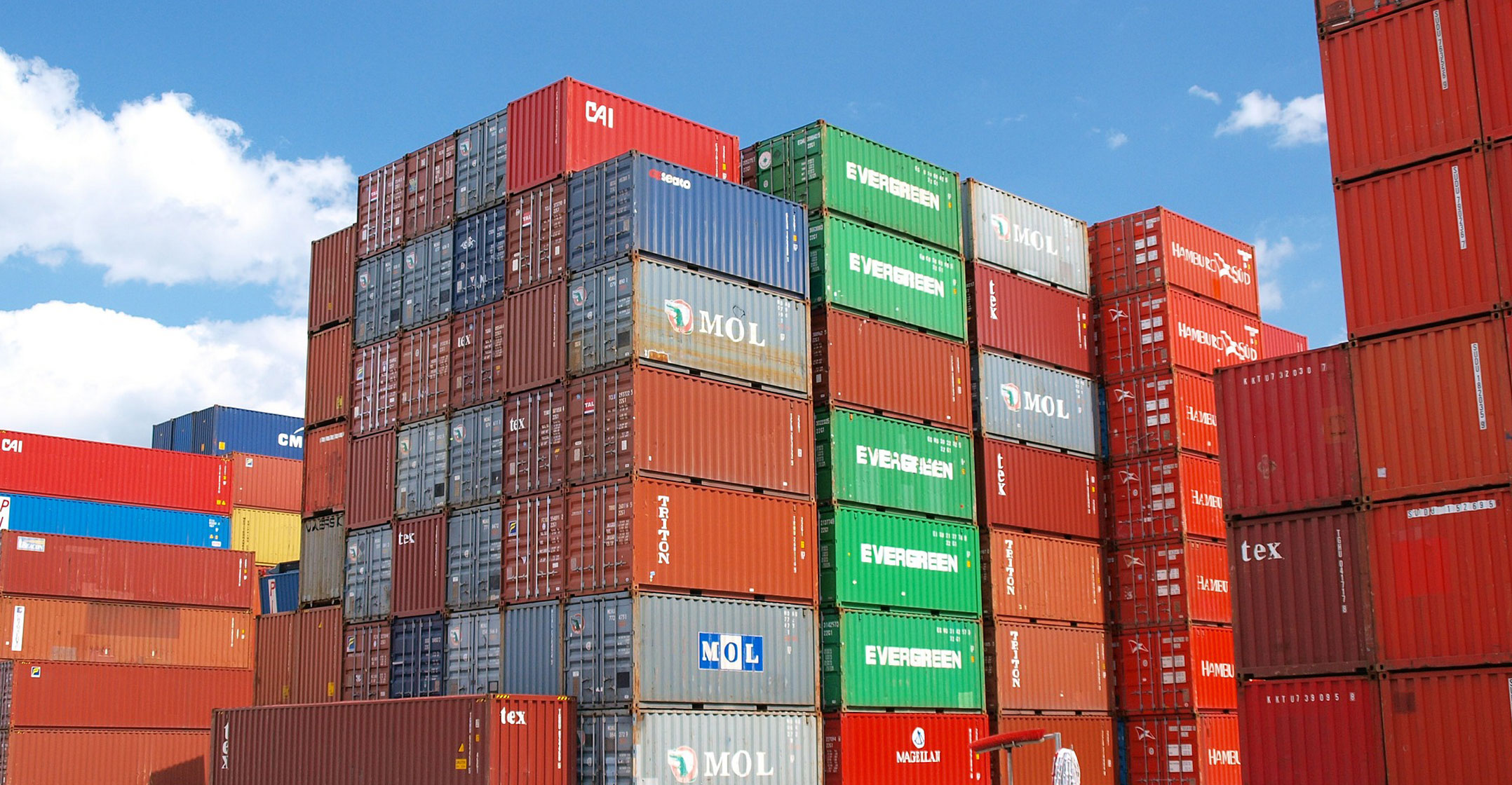 The pandemic threw the vital but usually humdrum world of logistics into a tailspin, creating shortages of masks and vaccine vials, semiconductors, plastic polymers and bicycles. The shipping system underpinning globalisation — production on one side of the planet, connected to consumers on the other — proved too rigid to absorb the rolling tremors from Covid-19, or to recover quickly from the jolts to consumer demand and the labour force. That triggered supply-chain disruptions, idled factories and unleashed inflationary forces. The chief challenge was moving freight, and it started with a sudden shortage of shipping containers.
The pandemic threw the vital but usually humdrum world of logistics into a tailspin, creating shortages of masks and vaccine vials, semiconductors, plastic polymers and bicycles. The shipping system underpinning globalisation — production on one side of the planet, connected to consumers on the other — proved too rigid to absorb the rolling tremors from Covid-19, or to recover quickly from the jolts to consumer demand and the labour force. That triggered supply-chain disruptions, idled factories and unleashed inflationary forces. The chief challenge was moving freight, and it started with a sudden shortage of shipping containers.
1. Why do containers matter so much?
There are about 25 million standardised shipping containers plying the seas on about 6 000 ships in a fragile network designed to stay in sync with port capacity, railroad lines and trucking networks. It’s a system that has lifted millions of people out of poverty and created a generation of discount-minded shoppers. In normal times, it works so well that it has led to the widespread adoption of more efficient just-in-time inventory management. However, the Covid-19 crisis led to unpredictable demand for goods and on-again-off-again lockdowns that idled port terminals. The disruption left handlers of the ubiquitous 12.2m boxes struggling to manage traffic, causing shortages of containers where and when they were needed most. By October 2021, ocean cargo rates had spiked 10-fold from a year earlier, sparking worries about the year-end holiday shopping season and disruption stretching into 2022.
2. How did the system break down?
As the world emerged from the pandemic, China recovered faster than other countries, so more containers were raced there as manufacturers tried to catch up. But when they arrived in US ports such as Los Angeles, delays related to Covid-19 clogged one of trade’s main thoroughfares, just as stores tried to meet suddenly soaring demand. Backlogs at truckyards and railroad hubs were compounded by dockworkers calling in sick and shortages of truck drivers. By early 2021, the disruptions had spread to other regions, including Europe. The crisis was worsened by the freak grounding of a giant vessel in the Suez Canal in March, blocking the route in both directions for about a week. Delays are more than just a headache for importers waiting for their goods — they sap capacity from the system, which keeps rates elevated.
3. Why couldn’t the shipping industry adapt?
Concentration in the shipping industry is being blamed for dulling some of the competitive spirit that could have provided adjustments to swiftly changing demand. In 2017, about a dozen container lines that control 80% of the global market formed three main alliances to share ships, cooperate on routes and limit excess capacity, an arrangement that has been likened to an oligopoly. Big companies typically lock in their shipping costs with long-term contracts. But in the pandemic, manufacturers reeling from shortages of key components and higher raw material costs have been forced into bidding wars to get space on vessels. That’s prompted exporters to raise prices or cancel shipments altogether. Some of the carriers — a mix of publicly traded, privately held and government-backed firms mostly based in Asia and Europe — have enjoyed some of their highest-ever profits, including the world’s largest container line, Copenhagen-based AP Moller-Maersk. Analysts estimate that the industry may see a windfall of more than US$100-billion in 2021.
 4. What can be done?
4. What can be done?
US and European regulators have raised questions about constrained competition. US President Joe Biden, in a July 2021 executive order aimed at a number of industries, asked the US Federal Maritime Commission to “ensure vigorous enforcement against shippers charging American exporters exorbitant charges”. The agency was already probing the practice of carriers returning containers to Asia empty rather than waiting for them to be filled with American exports because the eastbound route was so profitable. National authorities can influence a narrow range of industry practices. The Port of Los Angeles — which together with the nearby Long Beach port make up the busiest US container hub — announced that it is moving to begin 24-hour, seven-day-a-week operation after discussions with the Biden administration and labour unions. However, the global nature of the container trade means it’s beyond the reach of national regulators, which are unlikely to be able to do much to control prices.
5. When will it get sorted out?
That’s not clear. Most analysts assumed rates would start to plateau by mid-2021, but they kept climbing before starting to dip in October. The cost of sending a container on the busy route from China to the US west coast was $11 000 as of 7 October, compared to an average of less than $2 000 in the decade before the pandemic. A survey of purchasing managers in the US by the Institute for Supply Management showed that shipping challenges had contributed to an increase in the average lead time for production materials in September to 92 days, the highest in data going back to 1987. — Reported by Brendan Murray, (c) 2021 Bloomberg LP

